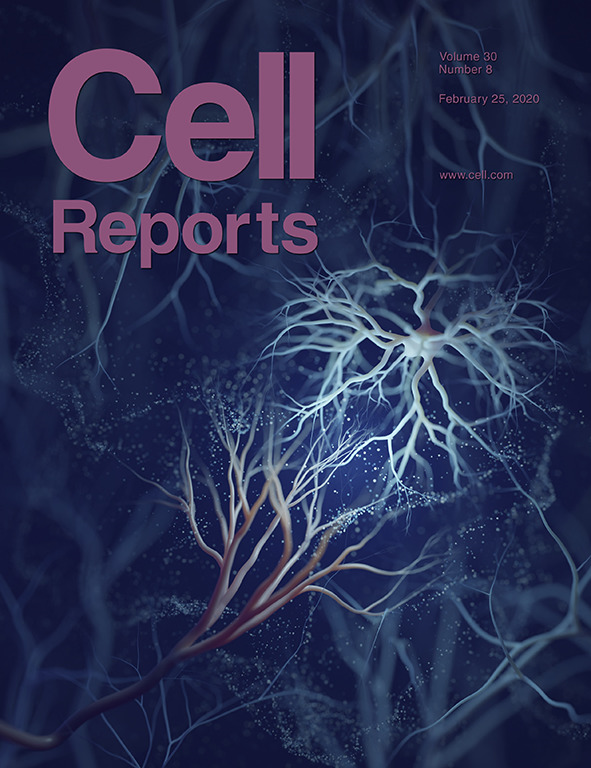Cell Reports Feb 25, 2020 Volume 30, Issue 8 p2463-2858 Feb 25, 2020
Andrew Rallis,1 Juan A. Navarro,2 Mathias Rass,2 Amelie Hu,3 Serge Birman,3 Stephan Schneuwly,2 and Pascal P. Therond1.
Affiliations
1 University Côte d’Azur, CNRS, Inserm, Institute of Biology Valrose, Parc Valrose, 06108 Nice, France. Correspondence: therond@unice.fr
2 Department of Developmental Biology, Institute of Zoology, Universitaetsstr. 31, University of Regensburg, 93040 Regensburg, Germany
3 Genes Circuits Rhythms and Neuropathology, Brain Plasticity Unit, ESPCI Paris, CNRS, Labex MemoLife, PSL Research University, 10 rue Vauquelin, 75005 Paris, France
The conserved Hedgehog signaling pathway has well-established roles in development. However, its function during adulthood remains largely unknown. Here, we investigated whether the Hedgehog signaling pathway is active during adult life in Drosophila melanogaster, and we uncovered a protective function for Hedgehog signaling in coordinating correct proteostasis in glial cells. Adult-specific depletion of Hedgehog reduces lifespan, locomotor activity, and dopaminergic neuron integrity. Conversely, increased expression of Hedgehog extends lifespan and improves fitness. Moreover, Hedgehog pathway activation in glia rescues the lifespan and age-associated defects of hedgehog mutants. The Hedgehog pathway regulates downstream chaperones, whose overexpression in glial cells was sufficient to rescue the shortened lifespan and proteostasis defects of hedgehog mutants. Finally, we demonstrate the protective ability of Hedgehog signaling in a Drosophila Alzheimer’s disease model expressing human amyloid beta in the glia. Overall, we propose that Hedgehog signaling is requisite for lifespan determination and correct proteostasis in glial cells.
DOI: 10.1016/j.celrep.2020.02.006.
PMID: 32101741

